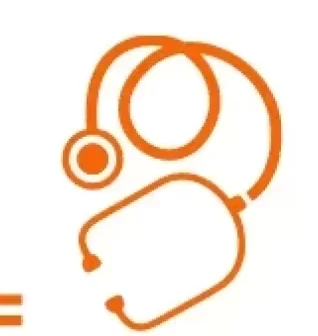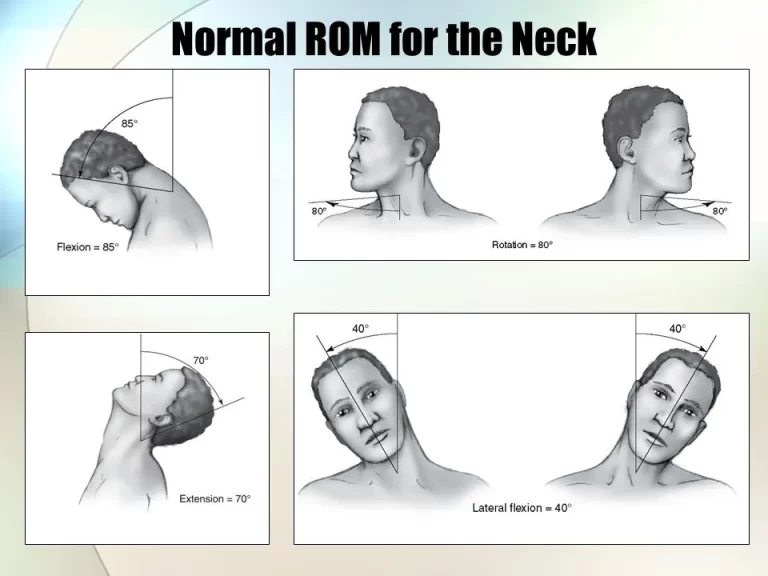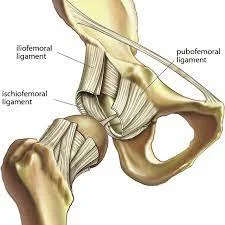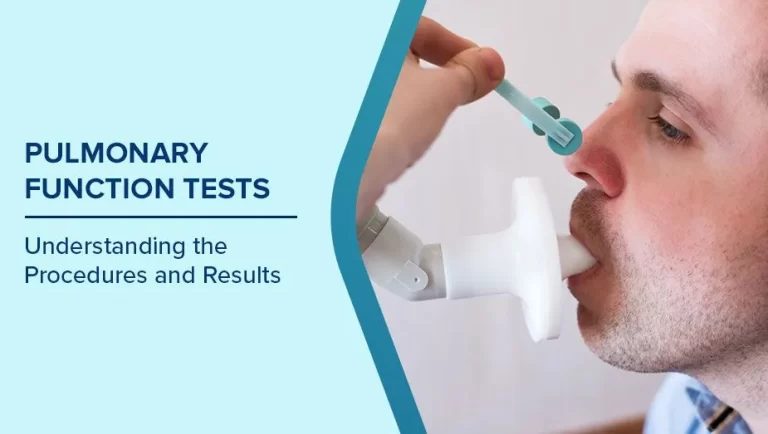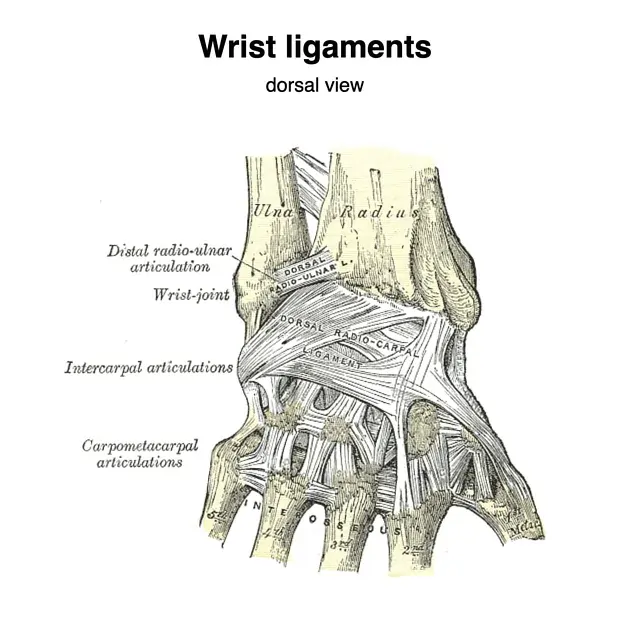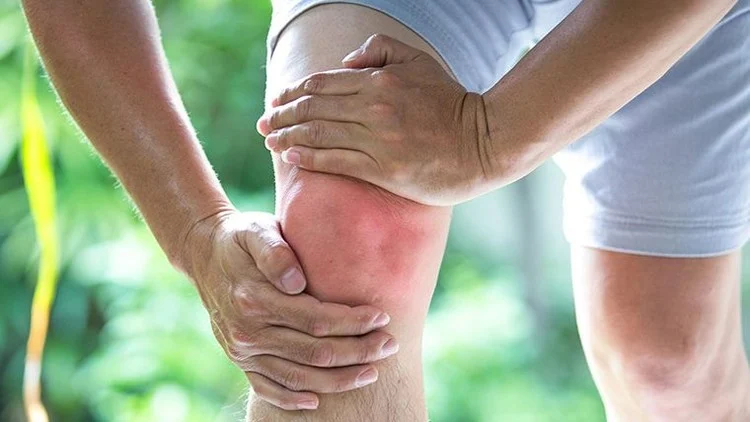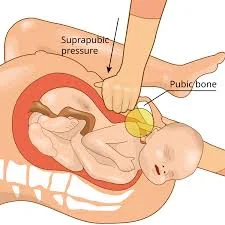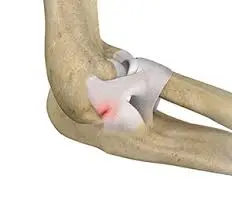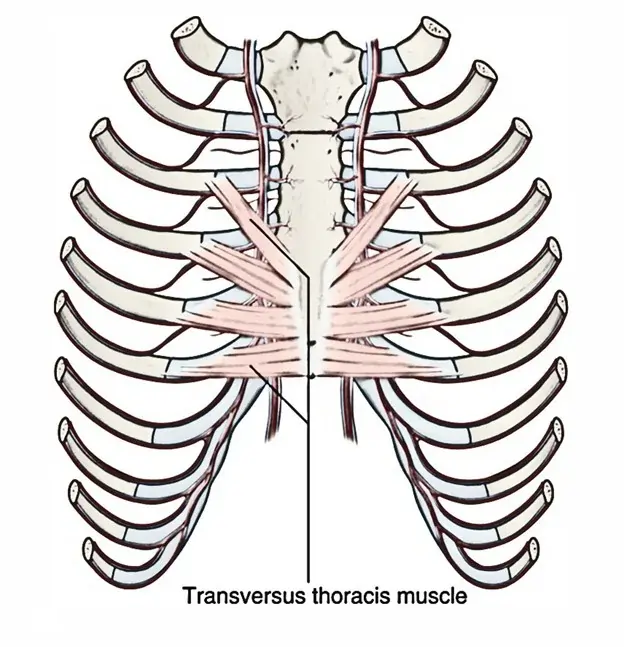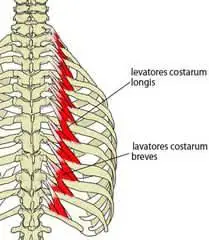Different Types of Breathing Exercises and Their Benefits
Breathing Exercises: What Is It? The autonomic nervous system regulates breathing, which is also governed by motivation. Breathing exercises are one kind of exercise that may improve the overall efficiency of the lungs. They may be advantageous for people with normal lungs as well as those with impaired lung function. Stress affects our breathing even…
